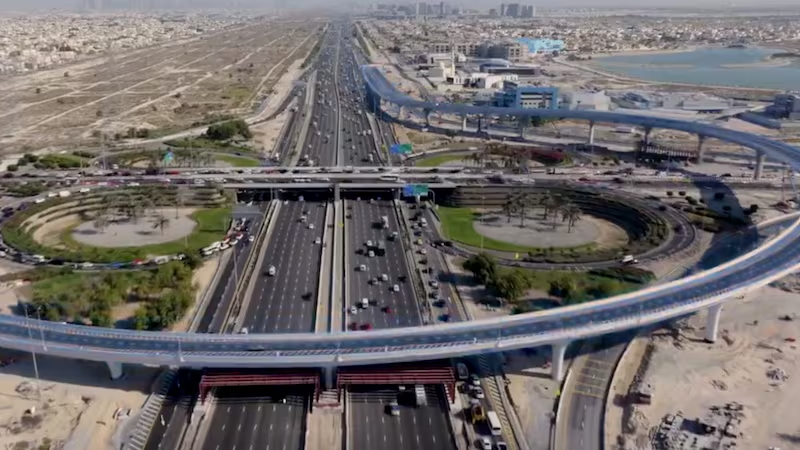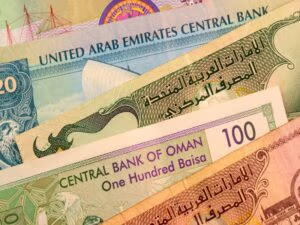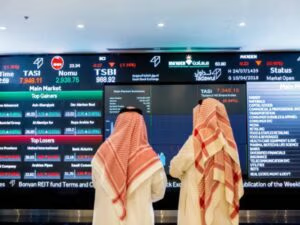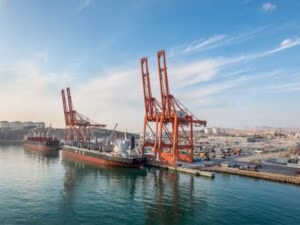Dubai’s Roads and Transport Authority (RTA) inaugurated a major bridge today aimed at improving traffic flow from Infinity Bridge through Al Mina Street to the intersection of Sheikh Rashid Road and Sheikh Khalifa bin Zayed Street. The newly opened bridge spans 1,210 meters and includes three lanes, with a capacity to handle 4,800 vehicles per hour.
The opening of this bridge is part of Phase 4 of the Al Shindagha Corridor Improvement Project, which covers 4.8 kilometers along Sheikh Rashid Road, from its intersection with Sheikh Khalifa bin Zayed Street to the Falcon Intersection on Al Mina Street. This phase includes the construction of five bridges, totaling 3.1 kilometers, with a combined capacity of 19,400 vehicles per hour across all lanes.
Expanding Road Networks and Enhancing Connectivity
In addition to the bridge, the project includes the development of 4.8 kilometers of road, improvements to surface intersections on Jumeirah Street, Al Mina Street, and Sheikh Sabah Al-Ahmad Al-Jaber Al-Sabah Street, as well as the construction of two pedestrian bridges—one on Sheikh Rashid Road and another on Al Mina Street.
Mattar Al Tayer, Director General and Chairman of the Board of Executive Directors of RTA, highlighted the importance of the project, saying: “Al Shindagha Corridor Improvement Project is being implemented under the directives of His Highness Sheikh Mohammed bin Rashid Al Maktoum, Vice President and Prime Minister of the UAE, and Ruler of Dubai, with the close follow-up of Sheikh Hamdan bin Mohammed bin Rashid Al Maktoum, Crown Prince of Dubai, Deputy Prime Minister, Minister of Defence, and Chairman of The Executive Council of Dubai. The project is designed to support ongoing urban development along the corridor while meeting the demands of urban and population growth.”
Al Tayer added that the new bridge will “enhance traffic flow and facilitate movement from Infinity Bridge via Al Mina Street to Sheikh Rashid Road, extending to its intersection with Sheikh Khalifa bin Zayed Street. It improves connectivity to key residential and commercial areas, including Al Hudaiba, Al Raffa, Al Jafiliya, Al Mankhool, Al Kifaf, and Al Karama.”
Progress on Phase 4 and Upcoming Openings
Al Tayer also mentioned that 90 percent of Phase 4 has been completed, with two remaining bridges expected to open in the second quarter of this year. “The first bridge, spanning 780 meters, features three lanes and a capacity of 4,800 vehicles per hour, improving traffic flow from Infinity Bridge through Al Mina Street towards Al Wasl Street. The second bridge, extending 985 meters, consists of two lanes with a capacity of 3,200 vehicles per hour, serving traffic from Jumeirah Street towards Al Mina Street and the Falcon Intersection,” he noted.
In December 2024, RTA had opened another 1,335-meter bridge featuring three lanes and a capacity of 4,800 vehicles per hour. This bridge facilitates traffic from the intersection of Sheikh Khalifa bin Zayed Street with Sheikh Rashid Road towards Al Mina Street and the Falcon Intersection, extending to Infinity Bridge. The opening has significantly improved traffic flow from Sheikh Rashid Road to Infinity Bridge and onwards to Deira.
Earlier this year, RTA also inaugurated a 605-meter bridge with two lanes and a capacity of 3,200 vehicles per hour, improving traffic movement from the intersection of Al Mina Street with Sheikh Rashid Road towards the intersection of Sheikh Rashid Road with Sheikh Khalifa bin Zayed Street.
A Landmark Project for Dubai’s Future
The Al Shindagha Corridor Improvement Project is one of RTA’s largest ongoing initiatives, and its remarkable progress is already evident. Spanning 13 kilometers, the corridor extends along Sheikh Rashid Road, Al Mina Street, Al Khaleej Street, and Cairo Street, and includes the development of 15 intersections. Due to its scale and complexity, the project has been divided into five phases.
The corridor will significantly improve connectivity between Deira and Bur Dubai, supporting key developments such as Dubai Islands, Deira Waterfront, Dubai Maritime City, and Port Rashid. Once completed, the project is expected to benefit around one million residents, ensuring smoother traffic flow, increasing road capacity and efficiency, and dramatically reducing travel time from 104 minutes to just 16 minutes by 2030.
Additionally, the project is designed to enhance road safety standards while delivering an estimated Dh45 billion in economic benefits over the next 20 years.






